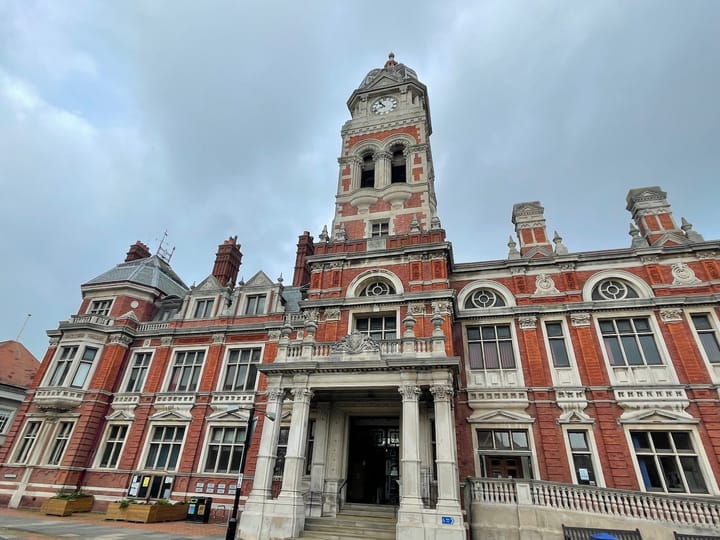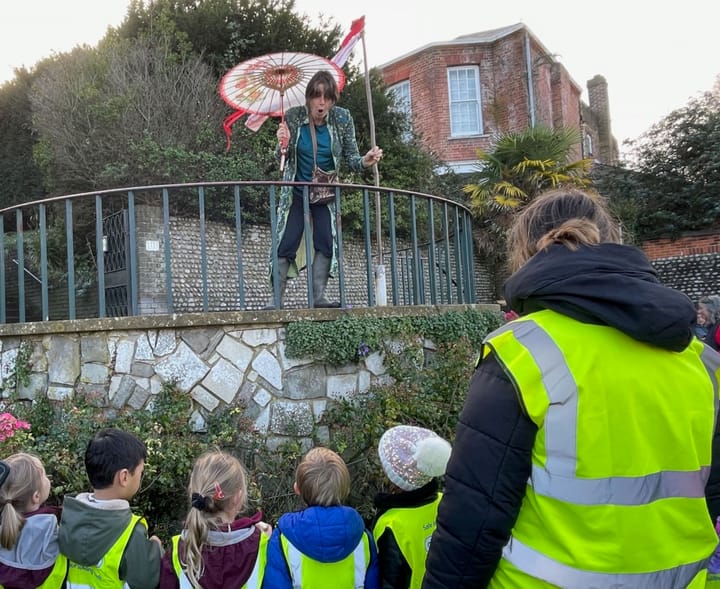A glimpse inside the historic Redoubt Fortress
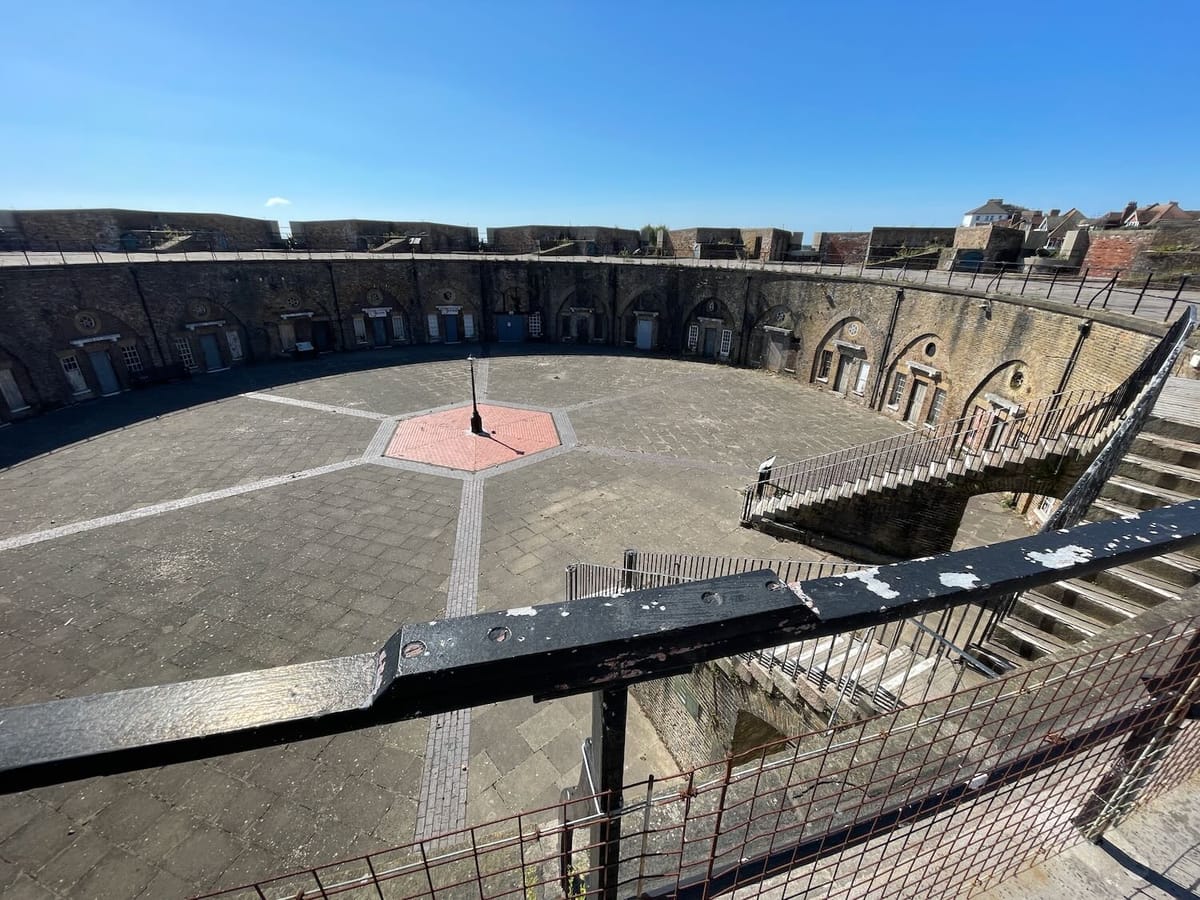
I joined a public tour of the Redoubt Fortress on the seafront as Eastbourne Borough Council asks the public how they want to see it used if funding allows the historic monument to be reopened.
The echoing acoustics of the circular parade ground at the Redoubt provide an intriguing backdrop for a tour of this Napoleonic fortress under blue August skies.
We turn to look at the steep double staircase down, the 24 bomb-proof vaulted rooms edging the circle and the fading signs of previous use.
Some of the windows are broken and the rooms, known as casements, are closed due to extensive mould which poses a risk to health.
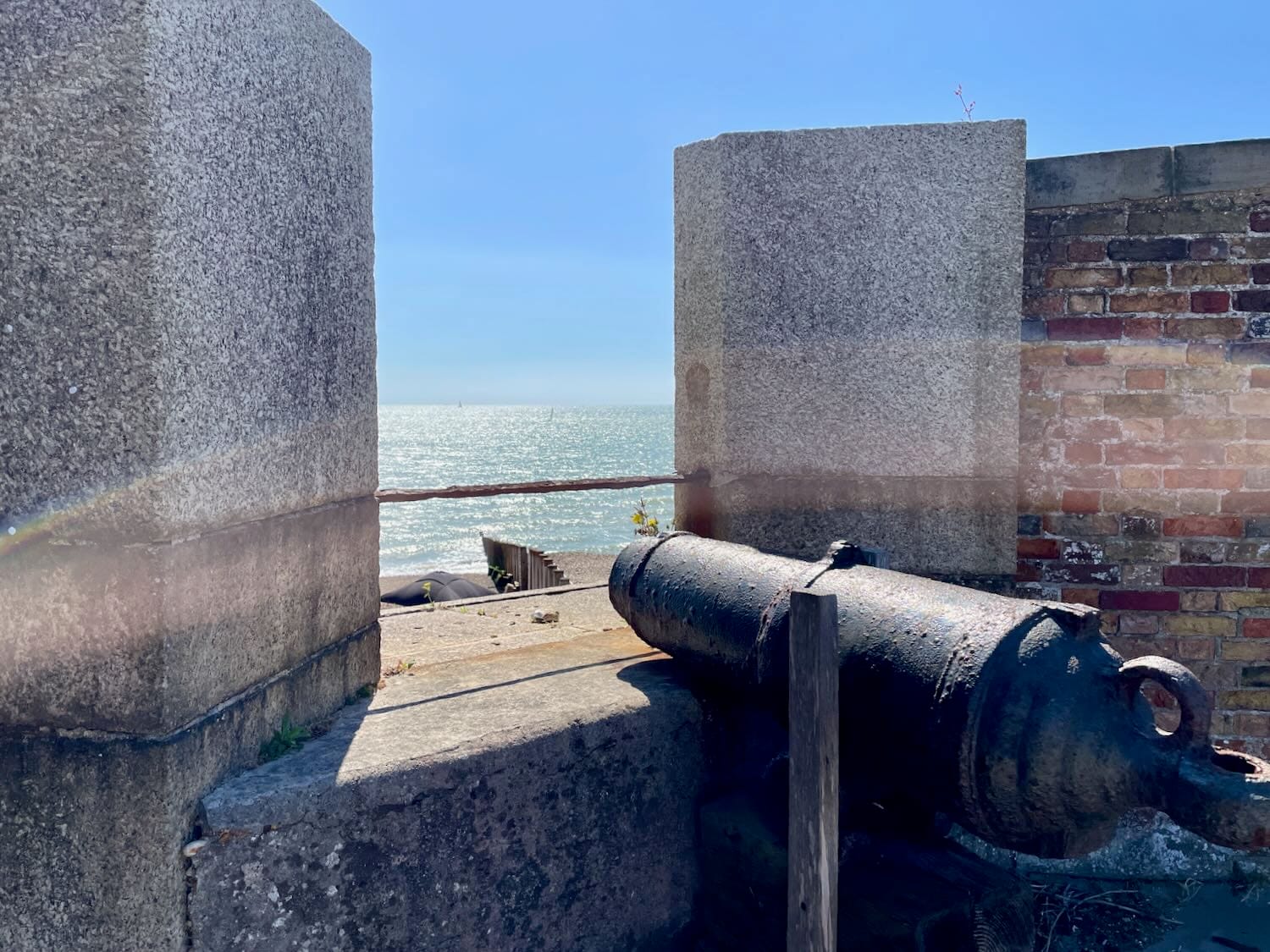
But from the gun platform, past the ancient cannons, there are glimpses of the choppy, glinting sea and across Pevensey Bay east to Hastings.
There are suggestions of creating units for artisans and independent traders, perhaps holding a farmers’ market and live music, all potentially run by an umbrella organisation to revive the site.
Why was the Redoubt built?
This 220-year-old building was one of just three ‘super fortresses’ built in the early 1800s against the threat of invasion by Napoleon. The other two were at Harwich in Essex and Dymchurch in Kent.
The fortresses formed part of a defence chain which included more than 100 Martello towers along the coasts of East Sussex, Kent, Essex and Suffolk. Ten of the towers survive in East Sussex, three in Eastbourne.
But they were only in use for a few years as Napoleon conceded defeat at Waterloo in 1815.
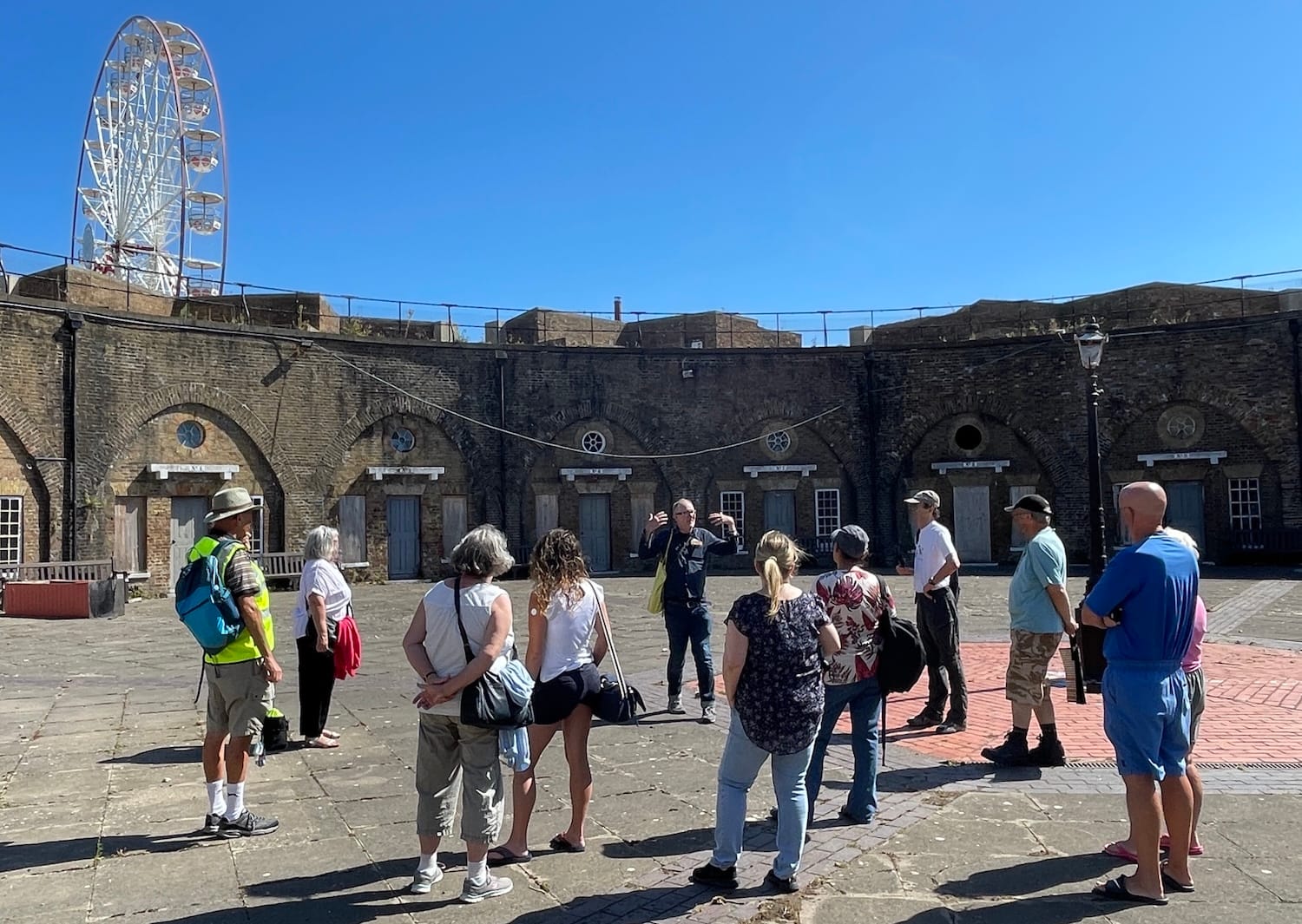
Chris Connelley, the lead conservation officer for Eastbourne Borough Council, told a group of a dozen residents about the Redoubt’s history and explained how the council is asking residents how they would like to see it used.
The site has been closed to the public for several years.
What is the history of the Redoubt?
Mr Connelley outlined the background to why this fortress and a string of about 100 Martello towers were built around the south-east coast of England.
In 1799, Napoleon declared himself emperor and wanted to build an empire. In response, the British prime minister William Pitt the Younger had defences built around the coast, starting the first income tax to fund the project.
The Harwich fortress alone cost around £55,000 to build, the equivalent of around £2.4 million today.
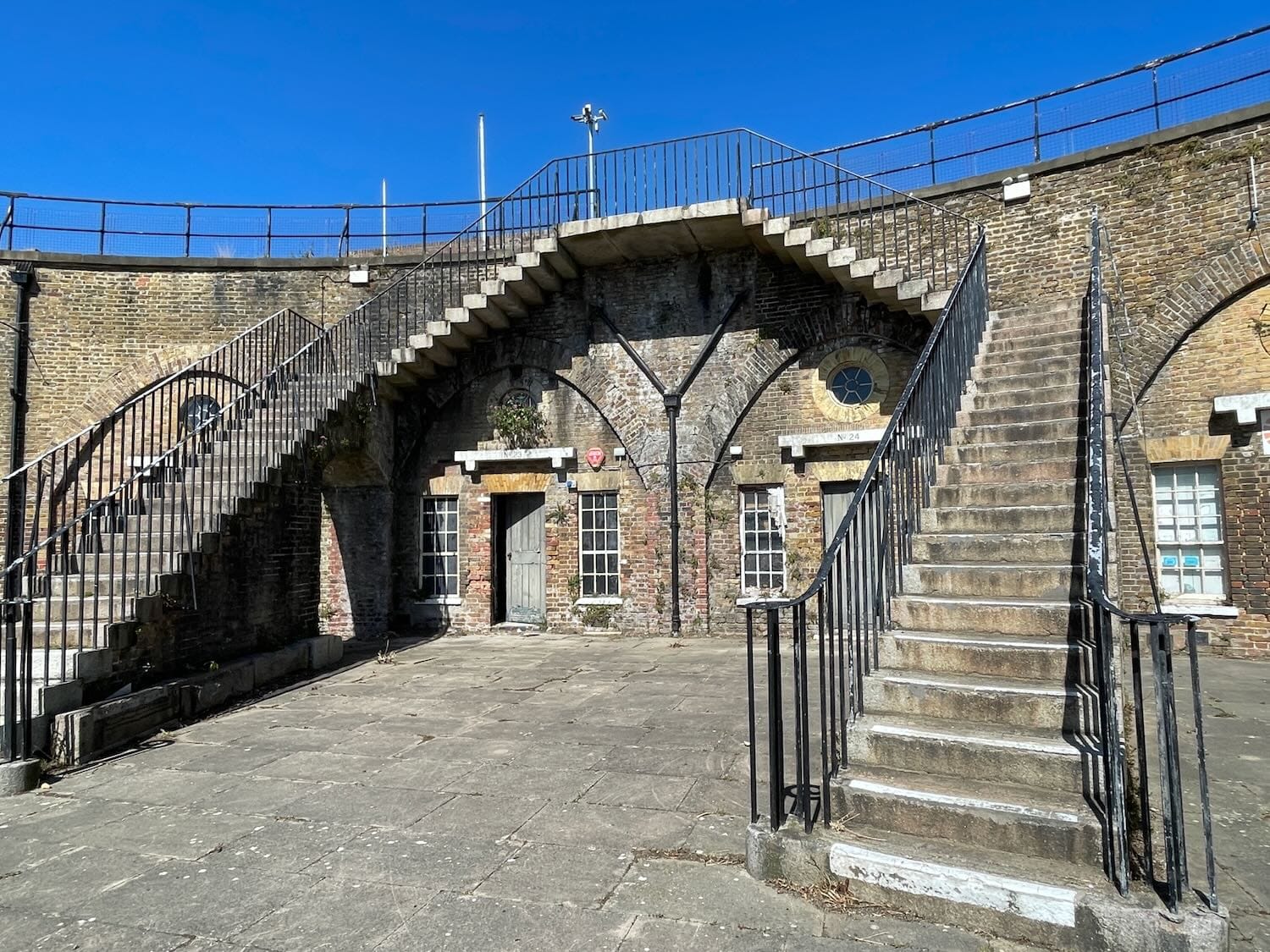
The Redoubt in Eastbourne is 68 metres in diameter and was built using a staggering five million yellow bricks, transported from London. It is ringed by a deep, dry moat to further protect it from invaders.
Of the 24 casements, one was used to store gunpowder and two were used as prisons. The casements for soldiers housed ten men in each and 11 guns were planned to aim out to sea to defend the coast.
However, only two shots were fired at a French ship in 1812 – and they both missed, according to Mr Connelley. Then Napoleon surrendered in 1815.

The colonnades, a shelter built in the 1930s between the Redoubt and Pavilion Gardens to the west, were removed last year as they were unsafe.
How has the Redoubt been used?
At various times in each world war, the Redoubt was used as a convalescent hospital, a base for Canadian troops prior to the D-Day landings and as an anti-aircraft gun emplacement.

In recent decades, it has housed at different times a model village, an aquarium, and a museum, with cafe and toilets; those signs are still there. There was even a small cinema at one point – which never opened.
What does the council plan to do?
The council wants to secure funding to bring the unusual building, listed by Historic England as a scheduled monument, back into 21st century use.
Mr Connelley told us: "There is a genuine commitment by politicians and officers to bring this building back into use. We want to harness that energy and tap into funding.
“No one wants big empty old buildings in the middle of a visitor town.”
He said that council leader Stephen Holt wanted to hear the public’s voice and had instructed officers to engage with people about future uses.
Mr Connelley said that suggestions would be collated to create a coherent vision for the Redoubt which could then be used to approach funders.
It is hoped that a plan to revive the fortress could help regenerate the eastern end of Eastbourne seafront.
Due to the coastal location, it is not thought likely to be suitable for use as a museum with delicate exhibits or for high-tech installations.
How are Redoubt renovation plans shaping up?
In January 2023, the government rejected the council's bid for £26.5m of Levelling Up funding to restore the bandstand and the Redoubt.
Then council leader David Tutt called for a rethink of the funding, saying at the time: "The bandstand and the Redoubt Fortress are part of Eastbourne's DNA and synonymous with the heritage and history of our great town."
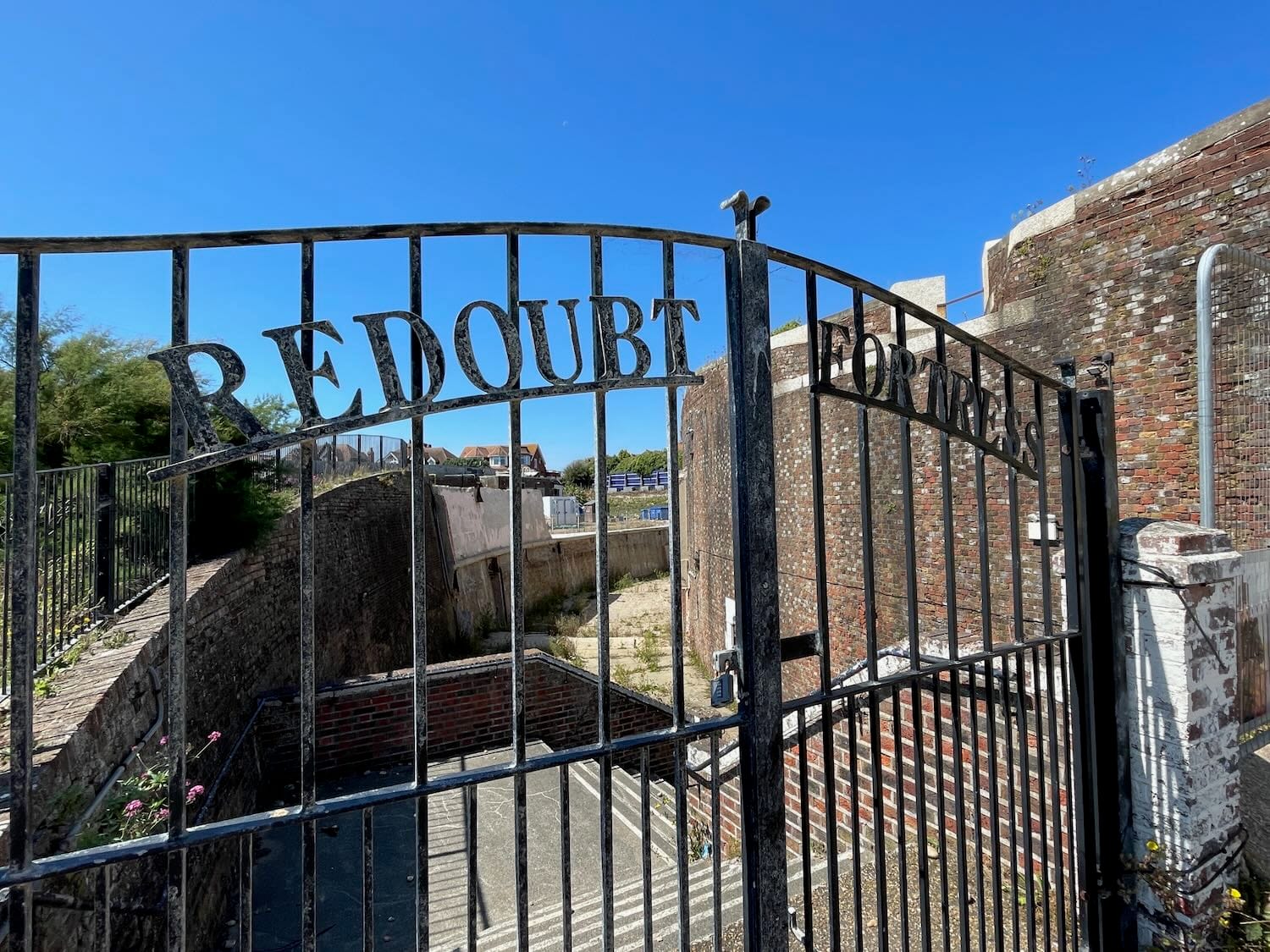
The discussion about the future of the Redoubt is part of a wider council consultation about the seafront. A series of fully booked drop-in sessions were run in June.
The council website states: “We want a vision that will help revitalise the town and have a lasting positive impact on the environment and wellbeing of local people now and for future generations.”
The council says it is drafting a strategy for the seafront this summer and will adopt it in the autumn after final feedback.
Eastbourne Borough Council is running six small-group tours in August and September to show people inside the historic monument and canvas opinion on how it should be revived. All tours are fully booked.
:: This was written by a qualified journalist working largely voluntarily who turns up and talks to people: it is not a PR handout. Please support genuine reporting – it’s free to read but not free to produce. One-off donations are here or become a member here for the price of a coffee just once a month. Reader support is vital for the survival of the Eastbourne Reporter as a trusted source of information.

